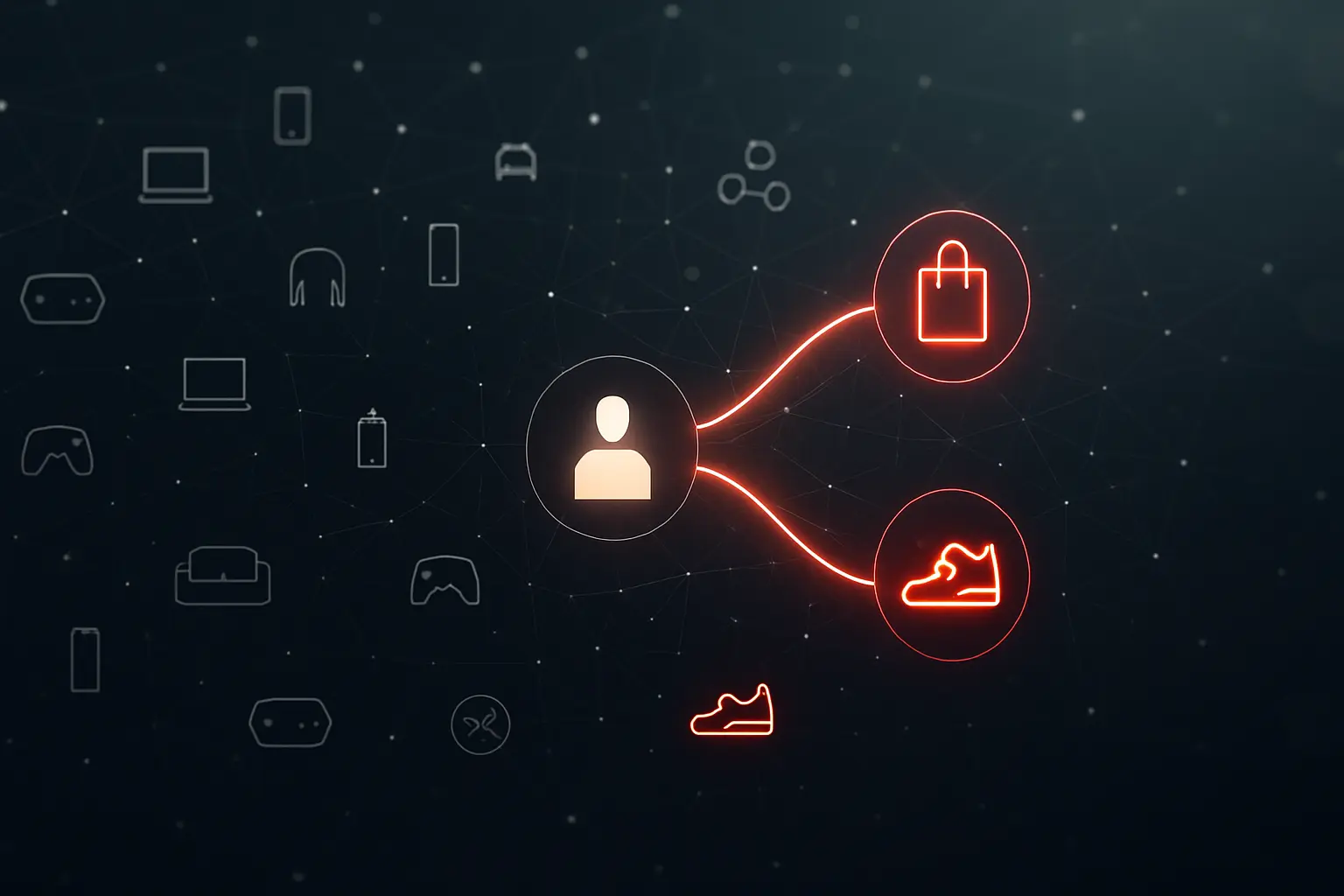What is a Recommendation Engine and how does it work?
In today’s digital world, a recommendation engine is one of the most powerful tools for marketing.
What is A Recommendation Engine?
A recommendation engine is nothing but an information filtering system composed of machine learning algorithms that predict a given customer’s ratings or preferences for an item. A recommendation engine helps address the challenge of information overload in e-commerce.
Thus, it can save customers a lot of browsing time, as it directs them to products they are most likely to like. Its personalization features improve customer engagement and retention.
The idea of recommendation engines is also something you are already familiar with; whether it is product recommendations on Amazon, movie recommendations on Netflix, or music suggestions on YouTube, recommender systems already support many aspects of your online experience.
Foundation of Recommendation Engine
Consumer interaction data is the foundation for developing a recommendation system. The more consumer data the recommendation engine has, the more efficient it is. The data consists of customers’ past behavior, their relationships with other users, and the similarity between various items.
Amazon uses it to suggest products to customers based on their earlier purchases, most popular products, and also similar products. Finding patterns in consumer behavior data is the principle on which a recommender system operates.
Data collection is a crucial step in developing an online recommendation engine. Data can be collected implicitly or explicitly.
Implicit data refers to information gathered from events like web search history, clicks, and order history. Explicit data is collected from customer inputs – ratings and likes/dislikes.
Customer attributes like demographics (e.g., age, gender) and psychographics (e.g., interests, dislikes, etc.) can help identify similar customers. Product features (e.g., movie genre, actors, etc.) can help compute the similarity between products.
3 Types of Recommendation Engines
Broadly based on their operations, recommender systems can be divided into three types:
1. Collaborative filtering: Focuses on analyzing customer behavior, activities, or preferences to predict ratings or suggest products. Collects large amounts of information on customers’ behavior, activities, or preferences to predict what users will like based on their similarities with other users.
Customer attributes such as demographics and psychographics are used to identify similar customers.
Amazon is the pioneer in implementing collaborative filtering; it collects preferences from distinct users, from which a customer-product matrix is derived. As we see in the following figure, user (3) and user(m-1) have similar likes so that we can recommend item(n) to user(3).
Collaborative filtering is further divided into user-item and item-item. User-item filtering identifies like-minded customers based on their shared rating patterns. In item-item filtering, similarity between pairs of items is calculated.
Turn browsing data into relevant recommendations >>>> Get in Touch
To summarize, collaborative filtering works on the principle: you are likely to like what others similar to you like…. Techniques like matrix factorization are used in collaborative filtering.
2. Content-Based System: The core idea of content-based filtering is: “if you like an item you will also like a ‘similar’ item…. ”. The algorithm recommends products that are similar to past transactions. The similarity of the items or the neighborhood is computed with techniques like cosine and euclidean distances.
An item-feature matrix is created by computing TF-IDF scores for product descriptions.
3. Hybrid model approach: Leverage both item metadata and transaction data to give recommendations. It combines the content-based and collaborative-based models. After evaluating the performance of pure recommendation engines (content & collaborative-based) and hybrid models, it is observed that the hybrid model outperforms.
Netflix is a good example of a hybrid model for implementing a recommendation engine. It takes into account movie features and user interests.
Here, using natural language processing (NLP), tags can be generated for the movie based on its story. Then TF-IDF scores can be used to compute product similarities, and collaborative filtering can be used to recommend movies to the user based on their features.
Challenges of Developing a Recommendation Engine
Due to the recommender system, insufficient data suffers from both the cold-start and sparsity problems. In general, a cold start refers to the difficulty of instantiating a recommender system. Product cold start and user cold start are two distinct cold start issues.
Product cold start occurs when a new product is launched, and it lacks valuable user interactions; thus, the engine fails to target the right group of customers.
Data alone does not drive your business. Decisions do. Speak to Our Experts to increase engagement with more innovative personalization.
The recommendation engine cold-start issue can be addressed through content-based filtering: the metadata of the new product can be used to compute its similarity to existing products.
The cold-start challenge arises when a customer visits the engine for the first time. The recommender fails to direct the customer to the best possible options because no past behavior is monitored to understand their likes/dislikes or preferences.
Suggesting the most popular products that align with the search can drive some customer activity. Data sparsity arises when users, in general, interact with a limited subset of the available products. Clustering similar users and products together can be a feasible solution to address sparsity.
Implementation:
Open-source libraries like scikit-surprise and LightFM can be used to develop your own recommendation engine.
References:
Machine Learning for Recommender Systems — Part 1 (algorithms, evaluation, and cold start)

